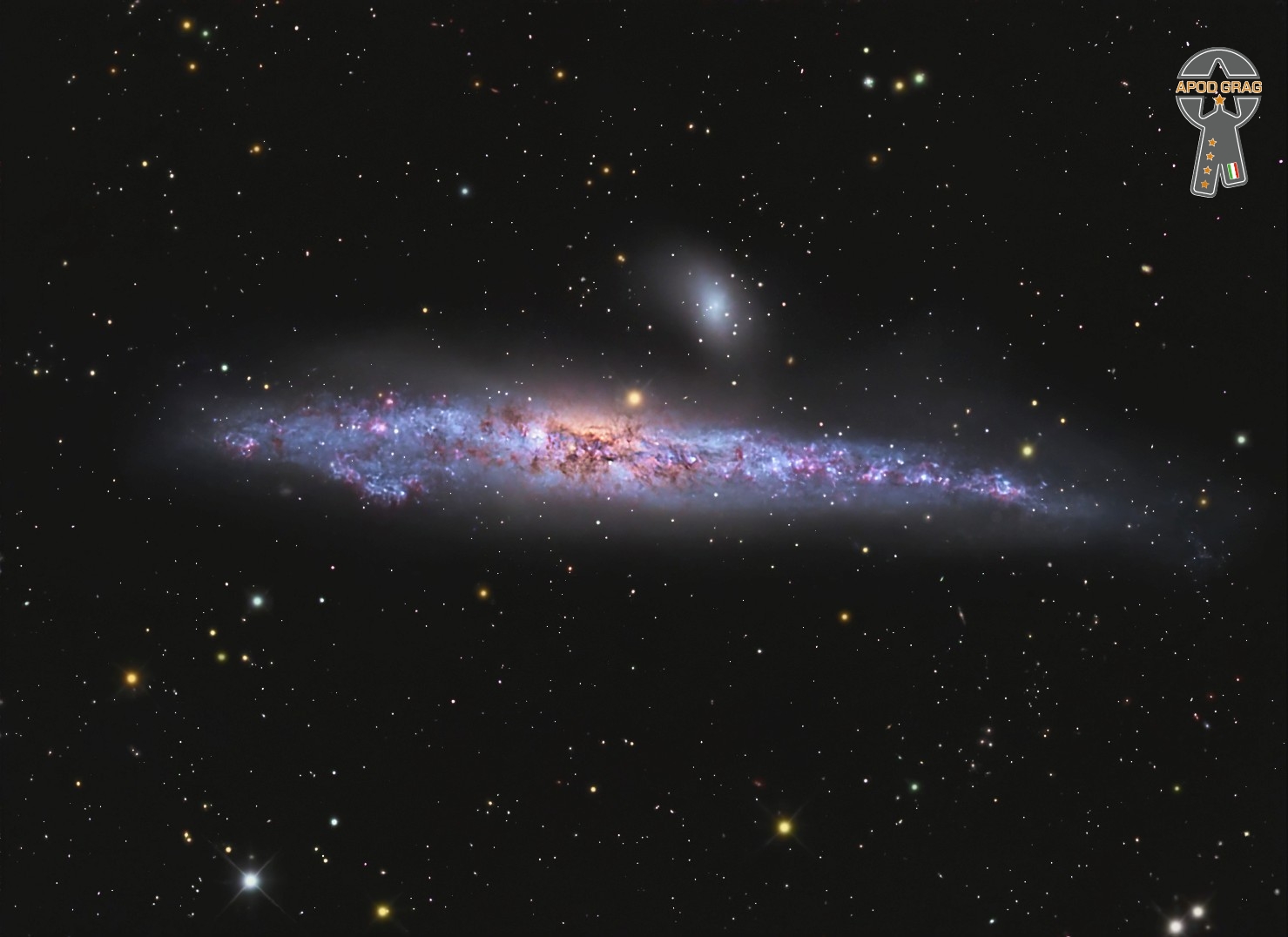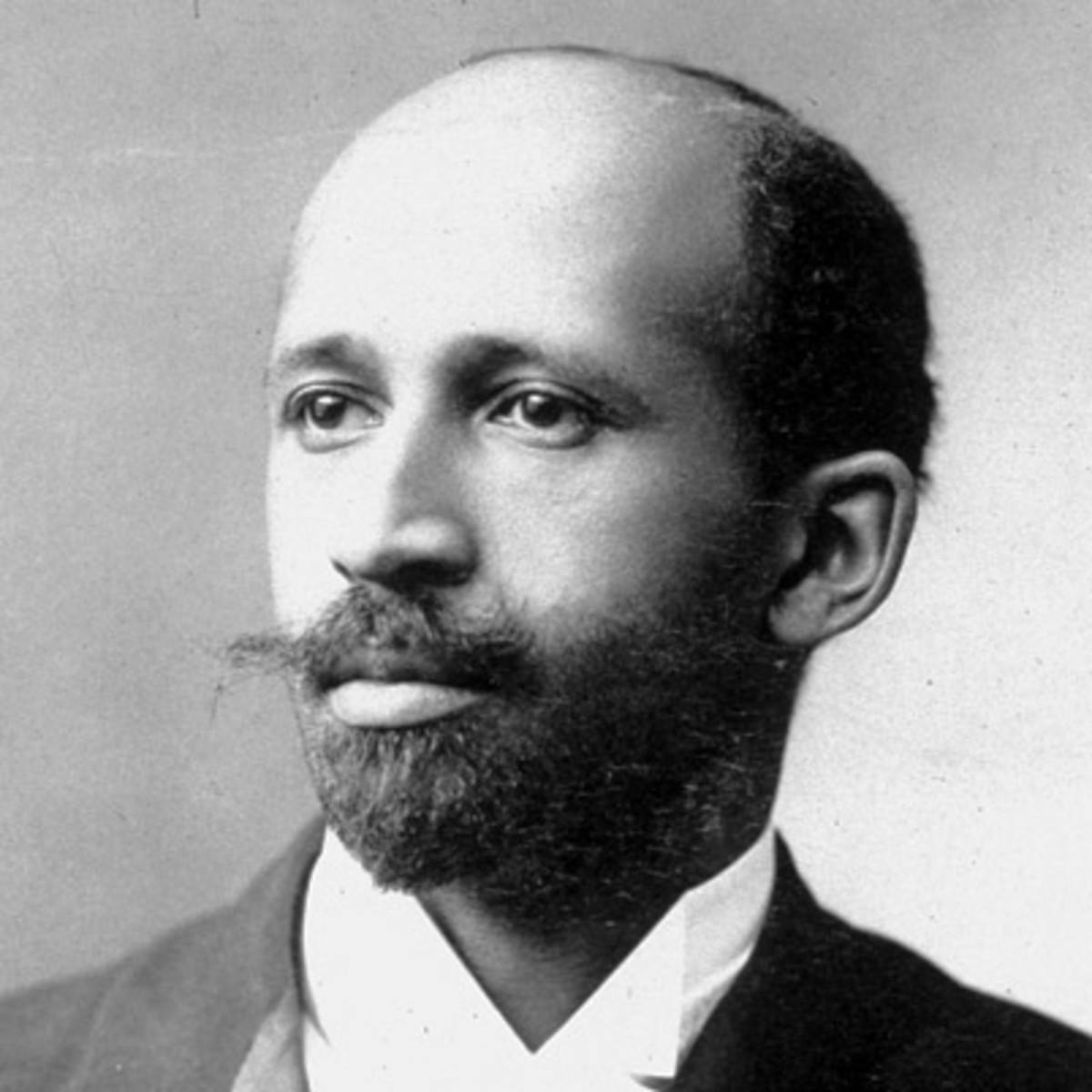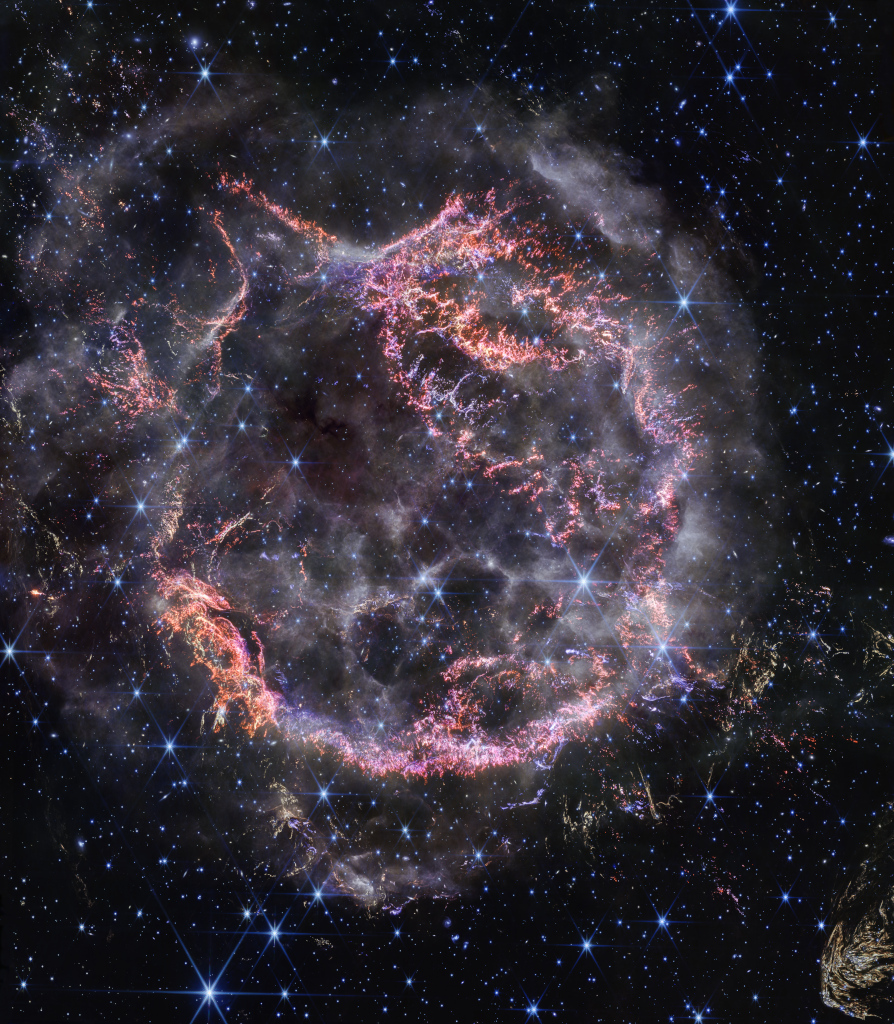Blog
Johnny Bragg was born on January 18th 1925. He was a Black singer.
He was born in Nashville, Tenn. As a teenager in 1943, Bragg was sentenced to six life terms in the Tennessee State Prison. The charge was rape, but he always denied the charges, and Governor Frank Clement commuted his sentence in 1959. He soon returned to prison on a parole violation and spent time in and out of incarceration until 1977. While serving time, his only expressive outlet for his spirit was singing. In 1953, a young governor Clement, heard Bragg’s vocal quintet, the Prisonaires.
He was deeply impressed with their talent and recognized that these men might be saved. For years he showcased Bragg and the Prisonaires at state events at the governor’s mansion. There they met President Truman, Senator Lyndon Johnson, and many celebrity entertainers. Eventually, the Prisonaires were signed by a young, white producer, Sam Phillips of Sun Records. However, Bragg’s claim to glory lies in his authorship of the hit “Just Walkin’ in the Rain,” recorded by ’50s pop legend Johnnie Ray. “Just Walkin” was one of the best-selling singles of the decade.
At the center of this group was Bragg, whose faith and persistence testified eloquently to the power of the human spirit. Bragg was alive and well in his mid-’70s. He had the sweet tenor voice that made him an extraordinary artist 50 years ago.
His original Prisonaires partners had not been so fortunate. William Stewart died of a drug overdose in a rundown Florida motel in 1959. Marcel Sanders died in the late ’60s. Ed Thurman was killed in an accident in 1973. And John Drue Jr. died of cancer in December 1977 in Lebanon, Tennessee. Bragg’s recording discography consists of other releases, including many un-issued songs, which were included on a CD from Bear Family, West Germany, in 1990. With the Marigolds, Bragg had five releases in 1955 and 1956 for the Excello label, including “Rollin’ Stone.”
On June 8, 2000, Bragg, accompanied by his daughter, Misti, and longtime friend and lawyer Don Hildebrand, appeared in Memphis by invitation at a pre-screening of the A&E television special Sam Phillips: The Man Who Invented Rock ‘n Roll. With Hildebrand’s help, the Tennessee State Penitentiary was opened for the first time since The Green Mile was filmed there for Bragg to do an interview and walking tour, including a visit to cell five on Walk Ten.
Standing on the ramp outside his former cell, Bragg sang a spontaneous Cappella rendition of “Just Walkin’ in the Rain” and did the entire third verse in falsetto. When he finished with his falsetto flourish, there was a standing ovation led by Ike Turner, Jerry Lee Lewis, and Sam Phillips. The history of rock ‘n roll and rhythm and blues is filled with inspiring characters; Bragg is one of them. Johnny Bragg died in August 2004; he was 79.
more...NGC 4631 (also known as the Whale Galaxy or Caldwell 32) is a barred spiral galaxy in the constellation Canes Venatici about 30 million light years away from Earth. It was discovered on 20 March 1787 by German-British astronomer William Herschel. This galaxy’s slightly distorted wedge shape gives it the appearance of a herring or a whale, hence its nickname. Because this nearby galaxy is seen edge-on from Earth, professional astronomers observe this galaxy to better understand the gas and stars located outside the plane of the galaxy.
The smaller galaxy is GC 4627 is a dwarf elliptical galaxy in the constellation Canes Venatici. The galaxy lies about 30 million light years away from Earth. NGC 4627 is located 3 arcminutes northwest of the nucleus of NGC 4631, a spiral galaxy which interacts with it.

more...
David Ruffin (born Davis Eli Ruffin; January 18, 1941 – June 1, 1991 Whynot, MS) was an American soulsinger most famous for his work as one of the lead singers of the Temptations (1964–1968) during the group’s “Classic Five” period as it was later known. Ruffin was the lead voice on such famous songs as “My Girl” and “Ain’t Too Proud to Beg.” He later scored two top-ten singles as a solo artist, “My Whole World Ended (The Moment You Left Me)” and “Walk Away from Love.”
Known for his unique raspy and anguished tenor vocals, Ruffin was ranked as one of the 100 Greatest Singers of All Time by Rolling Stonemagazine in 2008 and again in 2023. He was inducted into the Rock and Roll Hall of Fame in 1989 for his work with the Temptations. Fellow Motown recording artist Marvin Gaye once said admiringly of Ruffin that, “I heard [in his voice] a strength my own voice lacked. After completing a successful month-long tour of England with Kendricks and Edwards, Ruffin died on June 1, 1991, from an accidental overdose of crack cocaine.
more...Steven Mark Grossman (January 18, 1951 – August 13, 2020 NY,NY) was an American jazz fusion and hard bop saxophonist.
Grossman was Wayne Shorter‘s replacement in Miles Davis‘s jazz-fusion band. He played with Chick Corea on the album “The Sun” in 1970, then, from 1971 to 1973, he was in Elvin Jones‘s band.
In the late 1970s, he was part of the Stone Alliance trio with percussionist Don Alias and bassist Gene Perla. The group released four albums during this period, including one featuring Brazilian trumpeter Márcio Montarroyos. The albums also feature an array of other musicians. They went on to release three live reunion albums during the 2000s.
more...Aloysius Tyrone Foster (born January 18, 1943 Richmond, Va) is an American jazz drummer. Foster’s professional career began in the mid-1960s, when he played and recorded with hard bop and swingmusicians including Blue Mitchell and Illinois Jacquet. Foster played jazz fusion with Miles Davisduring the 70s and was one of the few people to have contact with Davis during his retirement from 1975 to 1980. During Davis’s retirement, Foster continued to play and record acoustic jazz with Sonny Rollins, Dexter Gordon, McCoy Tyner, Horace Silver, and other band leaders. Foster played on Miles Davis’s 1981 comeback album The Man with the Horn, and was the only musician to play in Davis’s band both before, and after, his retirement. After leaving Davis’s band in the mid-1980s, Foster toured and recorded with Herbie Hancock, Sonny Rollins, Joe Henderson, and many other band leaders, primarily working in acoustic jazz settings. Foster has also released several solo albums under his own name, starting with Mixed Roots in 1978.
more...

Shabbat for the Soul Service featuring Tzedek (Justice) Shabbat: Developing Spiritual Resilience and Active Hope. Friday January 17th 2025 630pm Music with Jennifer Truss-Klein, Tami Morse and mick laBriola plus.
Performing One Day by Matisyahu
more...Massive stars in our Milky Way Galaxy live spectacular lives. Collapsing from vast cosmic clouds, their nuclear furnaces ignite and create heavy elements in their cores. After only a few million years for the most massive stars, the enriched material is blasted back into interstellar space where star formation can begin anew. The expanding debris cloud known as Cassiopeia A is an example of this final phase of the stellar life cycle. Light from the supernova explosion that created this remnant would have been first seen in planet Earth’s sky about 350 years ago, although it took that light 11,000 years to reach us. This sharp NIRCam image from the James Webb Space Telescope shows the still hot filaments and knots in the supernova remnant. The whitish, smoke-like outer shell of the expanding blast wave is about 20 light-years across. A series of light echoes from the massive star’s cataclysmic explosion are alsoidentified in Webb’s detailed images of the surrounding interstellar medium.

Michael Kevin Taylor (born 17 January 1949) is an English guitarist, best known as a former member of John Mayall’s Bluesbreakers (1967–1969) and the Rolling Stones(1969–1974). As a member of the Stones, he appeared on Let It Bleed (1969), Get Yer Ya-Ya’s Out! (1970), Sticky Fingers (1971), Exile on Main St. (1972), Goats Head Soup(1973) It’s Only Rock ‘n Roll (1974), and Tattoo You (1981).
more...Sidney “Big Sid” Catlett (January 17, 1910 – March 25, 1951 Evansville, IN) was an American jazzdrummer. Catlett was one of the most versatile drummers of his era, adapting with the changing music scene as bebop emerged.
After performing for several lesser established musical acts, Catlett began recording and performing with multiple musicians including Benny Carter, McKinney’s Cotton Pickers, Fletcher Henderson, and Don Redman throughout the 1930s. Between 1938 and 1942, Catlett was Louis Armstrong‘s drummer of choice as he was regularly featured in Armstrong’s big band, while also periodically joining Benny Goodman‘s group. Following a brief stint in collaboration with Duke Ellington in 1945, Catlett led some of his own bands through the remainder of the 1940s, and was involved in Armstrong’s All-Stars between 1947 and 1949.
Catlett was one of the few drummers to successively transition into bebop, appearing on Dizzy Gillespie‘s progressive recordings in 1945. Catlett participated in the Gillespie-Charlie Parker segment of a New Jazz Foundation June 1945 concert at New York’s Town Hall; a recording surfaced in 2005. In 1950, he performed with Hoagy Carmichael at the Copley Plaza Hotel. In early 1951, he began to suffer from pneumonia. In that same year, he died of a heart attack while visiting friends backstage at a Hot Lips Pagebenefit concert in Chicago, Illinois.
(January 17, 1910 – March 25, 1951) was an American jazzdrummer. Catlett was one of the most versatile drummers of his era, adapting with the changing music scene as bebop emerged.
In early 1951, he began to suffer from pneumonia. In that same year, he died of a heart attack while visiting friends backstage at a Hot Lips Pagebenefit concert in Chicago, Illinois.
more...Billy Harper (born January 17, 1943 Houston, Tx) is an American jazz saxophonist, “one of a generation of Coltrane-influenced tenor saxophonists” with a distinctively stern, hard-as-nails sound on his instrument. Harper has played with some of jazz’s greatest drummers; he served with Art Blakey‘s Messengers for two years (1968–1970); he played very briefly with Elvin Jones (1970), he played with the Thad Jones/ Mel Lewis Orchestra in the 1970s, and was a member of Max Roach‘s quartet from 1971–1978. In 1979, Harper formed his own group, touring with it and documenting its music on the recording Billy Harper Quintet in Europe, and he was featured as a soloist on a 1983 recording, Such Great Friends, with virtuoso, visionary pianist and record producer Stanley Cowell. After a period of relative inactivity in the 1980s, Harper came back strong with another international tour, which ended with perhaps his most ambitious recording: the three-volume Live on Tour in the Far East (1991). In the new millennium, Harper’s recording activity has been subdued and sporadic, though more recently he appeared as a regular member of pianist-jazz historian Randy Weston‘s ensembles. In 2013, they recorded their first album as a duo, entitled The Roots of the Blues.
more...Cedar Anthony Walton Jr. (January 17, 1934 – August 19, 2013 Dallas, TX) was an American hard bop jazz pianist. He came to prominence as a member of drummer Art Blakey‘s band, The Jazz Messengers, before establishing a long career as a bandleader and composer. Several of his compositions have become jazz standards, including “Mosaic”, “Bolivia“, “Holy Land”, “Mode for Joe” and “Ugetsu/Fantasy in D”.
Walton was drafted into the U.S. Army and stationed in Germany, cutting short his rising status in the after-hours jazz scene. In the Army he played with musicians Leo Wright, Don Ellis and Eddie Harris. On his discharge after two years, he picked up where he left off, playing as a sideman with Kenny Dorham, on whose 1958 album This Is the Moment!, he made his recording debut. He joined the Jazztet led by Benny Golson and Art Farmer and played with them from 1958 to 1961. In April 1959 he recorded an alternate take of “Giant Steps” with John Coltrane, though he did not solo. In the early 1960s Walton joined Art Blakey’s Jazz Messengers as a pianist-arranger (on the same day Freddie Hubbard joined the group), where, for the next three years, he wrote and arranged such originals as “Ugetsu” and “Mosaic”.[citation needed]
He left the Messengers in 1964 and by the late 1960s was part of the house rhythm section at Prestige Records. In addition to releasing his own recordings there, he recorded with Sonny Criss, Pat Martino, Eric Kloss, and Charles McPherson. For a year, he was Abbey Lincoln‘s accompanist, and recorded with Lee Morgan from 1966 to 1968. In the mid-1970s he led the funk group Mobius. He arranged and recorded for Etta James from the mid-1990s on, helping her win a Grammy Award for Best Jazz Vocal Album for Mystery Lady: Songs of Billie Holiday (RCA Victor) in 1994.
more...Entrada – Entrance, often performed to a guitar falseta or to the singer’s entrance (salida) ti ri ti tran, tran…
Llamada – The dancer’s call starting on count 1, indicating that a new section is about to begin. This can be a long sequence of footwork or just one or two sets of compás (12 or 24 counts). This is also the cue for the singer’s entrance.
Letra – The dancer’s call starting on count 1, indicating that a new section is about to begin. This can be a long sequence of footwork or just one or two sets of compás (12 or 24 counts). This is also the cue for the singer’s entrance.
First Escobilla – The first extended footwork section. The dancer displays virtuosic footwork here while the guitar plays a standardized arpeggio pattern. The singer doesn’t usually sing during an escobilla. This builds to a subída, two or more sets of compás in which the dancer builds to a climax.
Silencio – This is a traditional 6-12 compás falseta performed by the guitarist. The music is slow and in the parallel minor key. The dancer interprets the music, usually in a lyrical rather than percussive manner. The final compás moves back to the major key and the original tempo, leading to the castellana.
Castellana – This is a combination footwork/remate section that leads away from the silencio into an escobilla. Usually 4 compás long, the singer sings the traditional ‘tiriti tran tran tran” or a shortened verse. This generally ends with one or more sets of compás for the remate. This section is not always performed, but is often included in a completely traditional version of the dance.
Seco – This footwork section is often performed a palo seco, where the guitar acts as a rhythm instrument as the guitarist strums muted strings, and palmistas perform strong palmas. The dancer can establish the tempo with palmas and traveling steps for two or more compás, and will continue on to perform many intricate footwork variations.
Third Escobilla – The guitar returns with traditional escobilla music while the dancer performs more intricate footwork variations.
Cambio – The traditional escobilla starts on count 1 of the compás while the Bulerías de Ca’i, the closing section, starts on beat 12. In the cambio section, the guitarist and dancer move the accent structure to beat 12 to segue into the bulerías.
Buleria de C’ai – Bulerías de Ca’i is performed as a finale/remate for the entire dance. The singer sings the traditional bulerías de Ca’i in a major key. This section transitions into the salida/cierre with a desplante llamada – a standardized 12 to 24 count pattern that is the bridge/cue into Bulerías e Ca’i.
Salida – The dancer dances off stage to traditional closing music. The dancer can also end on stage, but will usually perform a long traveling pattern leading to the closing cierre.
more...More Posts
- The Cozmos with NGC 7023
- Peter Green
- Pim Jacobs
- Zoot Sims
- Flamenco Fridays with “El Chalo”
- Daily Roots with Gregory Isaacs
- The Cozmos with NGC 4216
- Ben Harper
- Richard Bona
- Tuck Andress
- Glen Moore
- World Music with Gåte
- Daily Roots with Burning Spear
- The Cozmos with NGC 6995
- Gary Chester
- Philip Catherine
- Babs Gonzales
- Folke Eriksberg
- World Music with Heilung
- Daily Roots with the Interns



